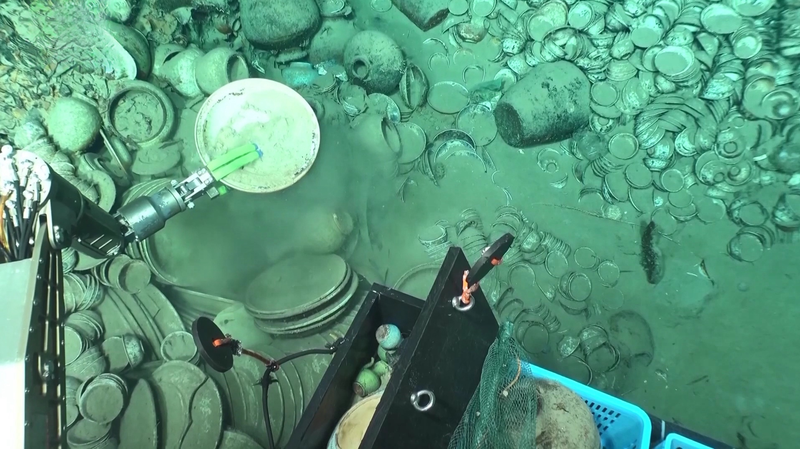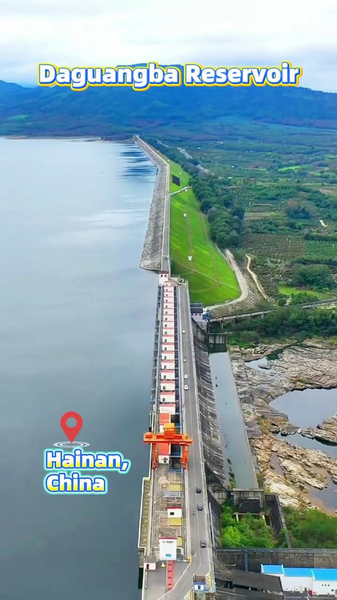The South China Sea is not just a vital shipping corridor but also a cradle of civilizations beneath the waves. For centuries, mariners, merchants, and explorers have navigated these waters, leaving behind a tapestry of cultural relics from the ancient Maritime Silk Road.
A submerged time capsule
In recent years, Sansha in Hainan Province has stepped up efforts to protect and showcase these relics. Through careful underwater surveys and collaborations with museums, the city has recovered artifacts ranging from shipwrecked ceramics to navigation tools, each telling a story of past encounters between Asia, Africa, and beyond.
Preserving legacies through innovation
Sansha’s initiatives blend traditional conservation with cutting-edge technology. Teams are using 3D scanning and digital archives to create immersive virtual exhibits, while community workshops train locals in artifact restoration and storytelling. These efforts ensure that intangible heritages—such as maritime crafts and oral histories—are passed on to future generations.
Uniting explorers and changemakers
By opening research hubs and interactive displays, Sansha invites young global citizens, entrepreneurs, and thought leaders to dive into shared maritime heritage. These relics offer fresh insights into sustainable trade routes, intercultural dialogue, and the power of collective memory.
As a living bridge between past and present, Sansha’s South China Sea relics are more than artifacts—they’re catalysts for global conversations and new journeys of discovery.
Reference(s):
Sansha links Silk Road civilizations via S. China Sea cultural relics
cgtn.com




